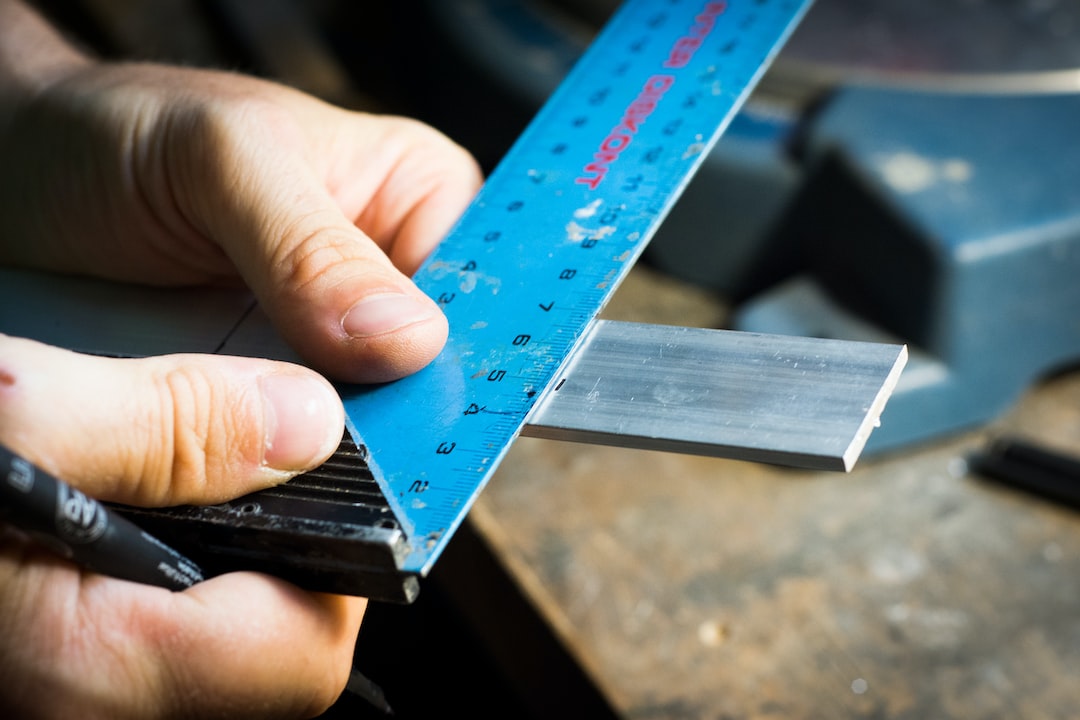The Future of Additive Manufacturing: Trends to Watch
Additive manufacturing, commonly known as 3D printing, has rapidly emerged as a revolutionary technology with the potential to disrupt various industries and change the way we produce and consume goods. From healthcare to aerospace, additive manufacturing has shown its versatility in a multitude of applications. As we look to the future, several trends are set to shape the growth and development of this transformative technology.
1. Advancements in Materials
One of the key areas of focus for additive manufacturing is the development of new materials. Traditionally, 3D printing has been limited to plastics and certain metals. However, researchers and manufacturers are working towards expanding this range by exploring materials such as ceramics, composites, and even biopolymers. These advancements will allow for the creation of more complex, functional, and durable products, opening up new possibilities in industries like automotive, electronics, and consumer goods.
2. Integration of Additive Manufacturing with Artificial Intelligence
The integration of artificial intelligence (AI) with additive manufacturing holds tremendous potential. AI algorithms can analyze vast amounts of data and optimize the design and manufacturing process, leading to improved product performance and reduced material waste. By using AI, engineers can generate intricate designs that were previously not feasible or time-consuming to develop manually. This integration will not only enhance efficiency but also push the boundaries of what can be achieved with additive manufacturing.
3. Scaling Up for Mass Production
While additive manufacturing has been predominantly used for prototyping and small-scale production, there is a growing interest in leveraging this technology for mass production. Manufacturers are investing in larger, faster, and more reliable 3D printers to meet the demands of industrial-scale production. These advancements will enable additive manufacturing to compete with traditional manufacturing methods, offering benefits such as customization, reduced lead times, and improved supply chain efficiency.
4. Enhanced Collaboration through Digital Platforms
The future of additive manufacturing lies in collaborative digital platforms that connect designers, engineers, manufacturers, and consumers. These platforms facilitate the sharing of design files, expertise, and resources, enabling a faster and more efficient product development process. Additionally, they can aid in the optimization of parts for additive manufacturing, ensuring that components meet the necessary requirements while minimizing material waste. Through these digital platforms, additive manufacturing will become a more accessible and widely adopted technology.
5. Biofabrication and Medical Applications
One of the most promising and exciting areas of additive manufacturing is biofabrication, the 3D printing of living tissues and organs. Researchers are exploring the potential of using bioink, a combination of living cells and biomaterial, to create functional organs for transplantation. This breakthrough could address the organ shortage crisis and revolutionize the field of medicine. Additionally, additive manufacturing is already being used to produce personalized prosthetics, dental implants, and surgical tools, improving patient outcomes and healthcare practices.
6. Sustainability and Circular Economy
With the growing emphasis on sustainability, additive manufacturing offers a more environmentally friendly alternative to traditional manufacturing methods. By minimizing material waste and energy consumption, 3D printing can contribute to a circular economy where resources are conserved and reused. Furthermore, the ability to manufacture products on-demand and locally reduces the need for transportation, leading to a significant reduction in carbon emissions. As industries increasingly prioritize sustainability, additive manufacturing is well-positioned to play a crucial role in achieving these goals.
In conclusion, the future of additive manufacturing is vibrant and full of possibilities. Advancements in materials, the integration of AI, scaling up for mass production, digital collaboration platforms, biofabrication, and sustainability are the key trends to watch. With each development, additive manufacturing will continue to disrupt industries, create new business models, and shape the way we design, produce, and consume goods. As these trends unfold, we can expect additive manufacturing to become an integral part of our everyday lives, revolutionizing various fields and driving innovation forward.
